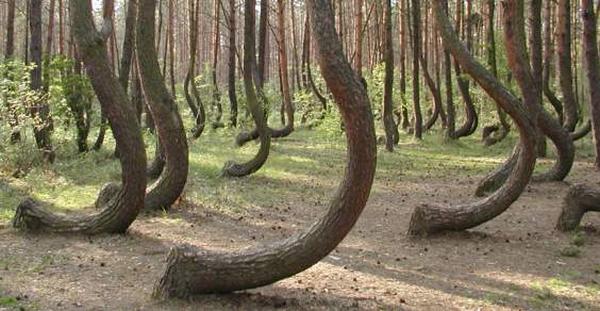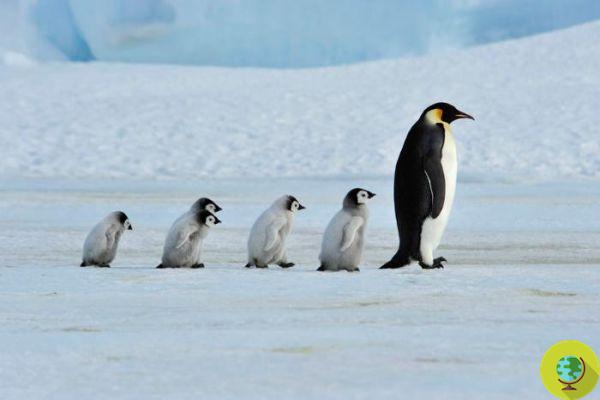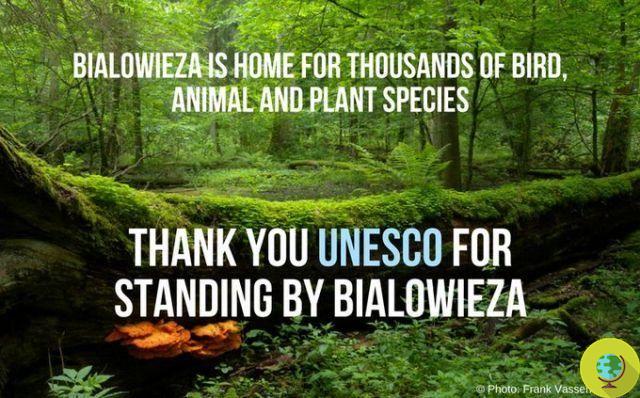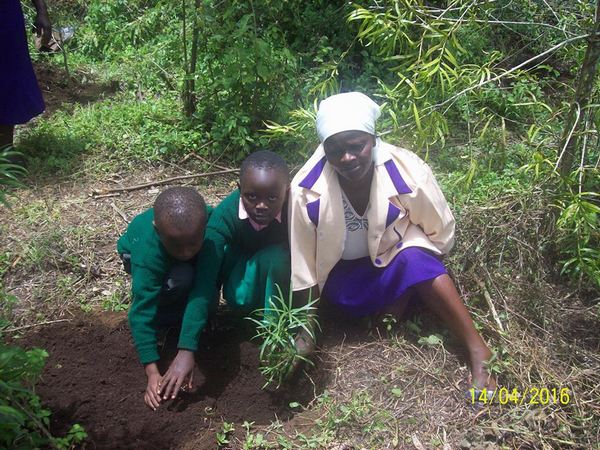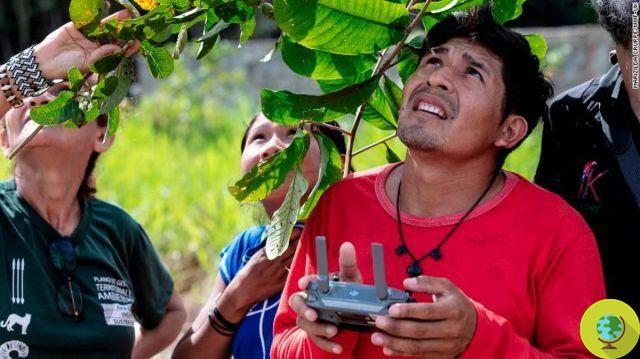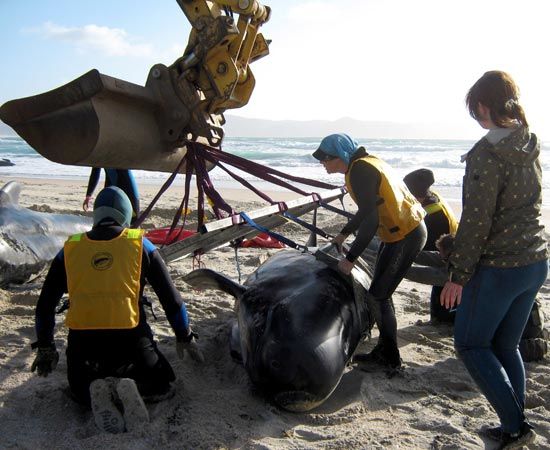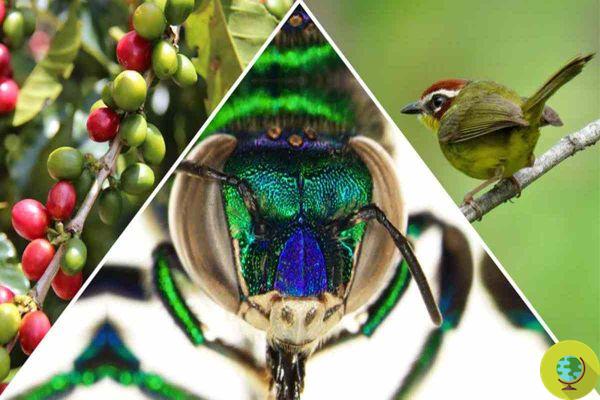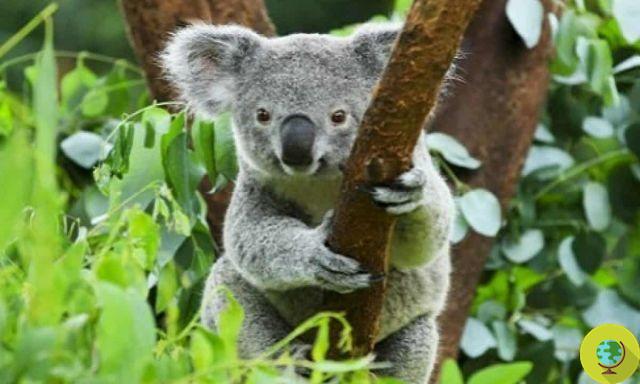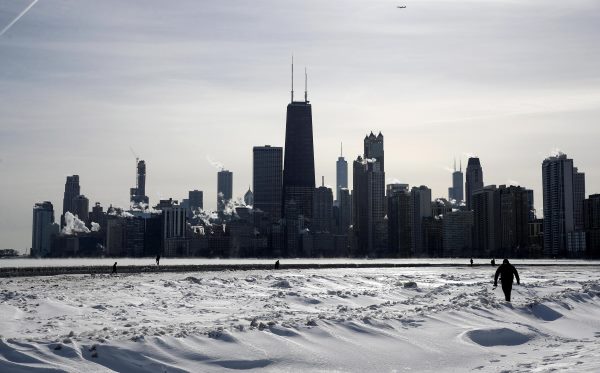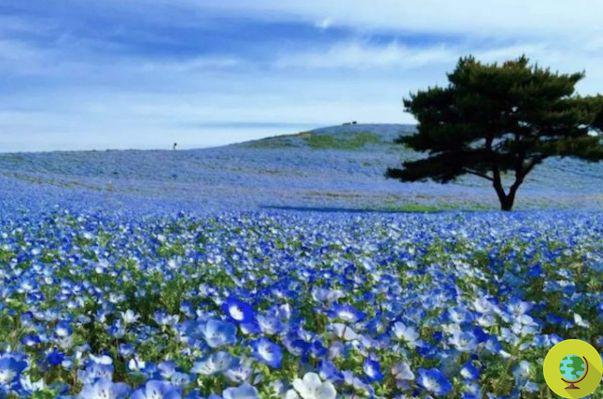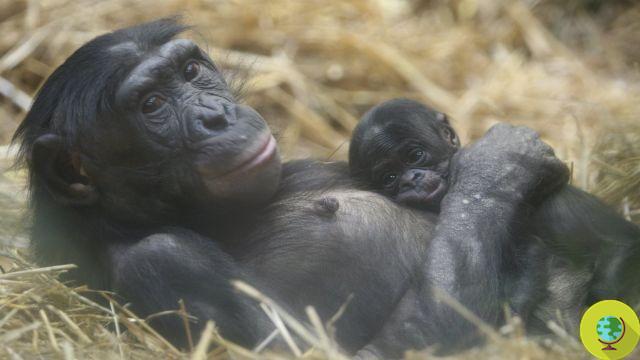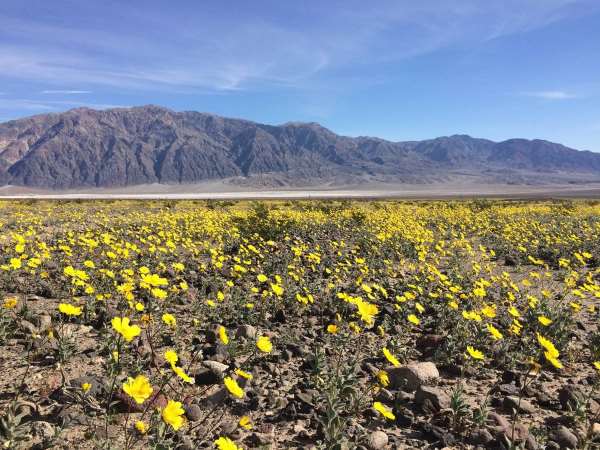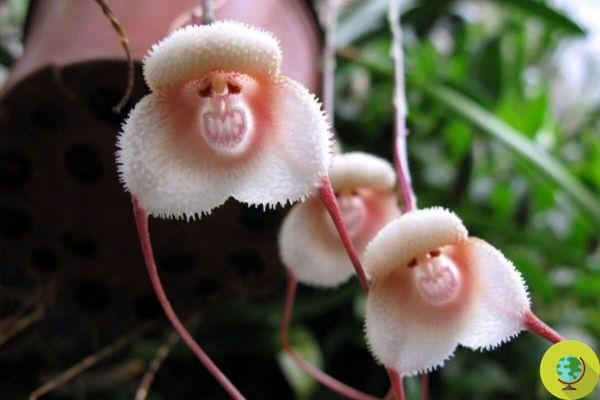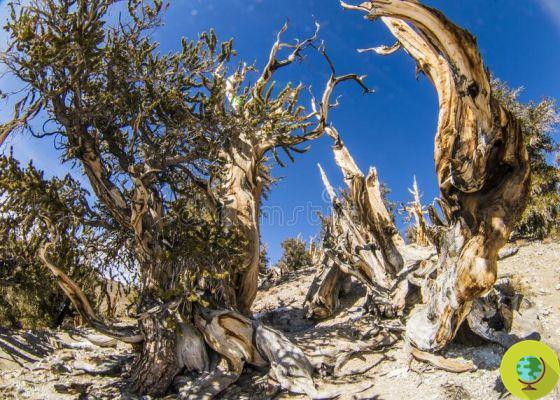A particular type of coffee would represent a revolution for the beverage industry, threatened by global warming
A particular type of coffee, hitherto believed to be extinct, could represent a revolution for the coffee industry, threatened by the climate crisis and global warming. This particular type of plant, in fact, grows at higher temperatures and would therefore better resist rising temperatures.
A recent study published by the journal Nature reveals how the rediscovery of a “forgotten” coffee species could have beneficial effects on the coffee industry in the coming years, threatened by global warming.
Stenophylla coffee (Coffea stenophylla), which grows in West Africa, would tolerate much higher temperatures than the more common Arabica variety (Coffea arabica) - the most consumed coffee in the world. Plus, it would taste better.
So this type of coffee could soon replace Arabica in those areas of the planet that suffer most from the effects of global warming. A discovery that gives a sigh of relief to all lovers of the drink and also to scientists, who until now had not been able to protect coffee production from the effects of climate change.
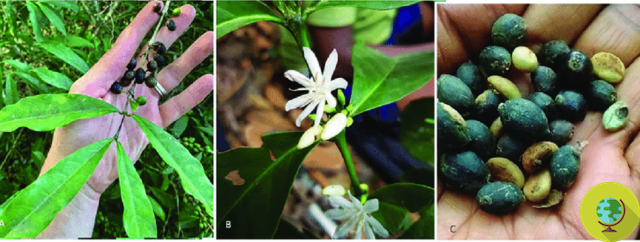
@Daniel Sarmu/Frontiers in Plant Science
(Read: The taste of coffee may never be the same due to climate change)
Aaron Davis, author of the study, says: “Future-proofing the coffee supply chain to tackle climate change is vital: coffee heads a multi-billion dollar global industry, supports the economies of several tropical countries and provides means of subsistence to over 100 million coffee growers. Finding a species of coffee that blooms at higher temperatures and tastes excellent is a once-in-a-lifetime scientific discovery: this species could be essential for the future of high-quality coffee. "
Although there are 124 species of coffee in the world, 99% of consumption is limited to the species Arabica e Robust (representing respectively 56% and 43% of world production). Arabica is grown mostly in Ethiopia and South Sudan and requires a cool tropical climate, with an average temperature of 19 ° C; it is particularly vulnerable to changes in temperature. Robusta, on the other hand, can resist even up to 23 ° C, however it is considered less tasty than Arabica and its use is limited to the production of instant coffee.
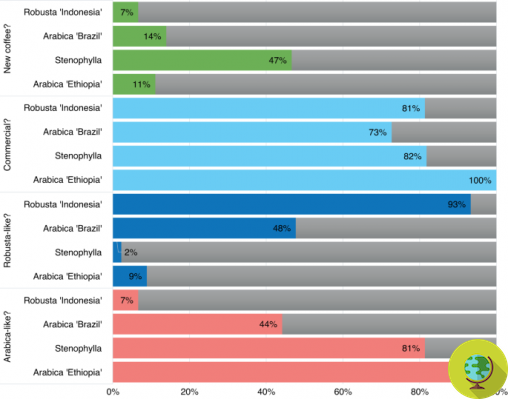
@Nature
Stenophylla coffee has only recently been rediscovered (in 2018), although previously its cultivation was widespread in northern Africa, particularly in Guinea, Ivory Coast and Sierra Leone.
This species grows spontaneously in warm areas, even at low altitudes, it can be cultivated in climatic conditions similar to Robusta, but with a higher average annual temperature; moreover, it seems that this plant is able to resist even drought.
These characteristics are necessary to be able to modify coffee production and adapt it to the climatic changes that will take place in the coming years.
Follow us on Telegram | Instagram | Facebook | TikTok | Youtube
Fonte: Nature / Select Science
We also recommend:
- Coffee, the rite of espresso, a world heritage site, the # CaffèRitoDiTutti signature collection is underway
- Coffee is bad and causes anxiety
- Coffee grounds: 20 ways to reuse them at home, in the garden and for beauty




